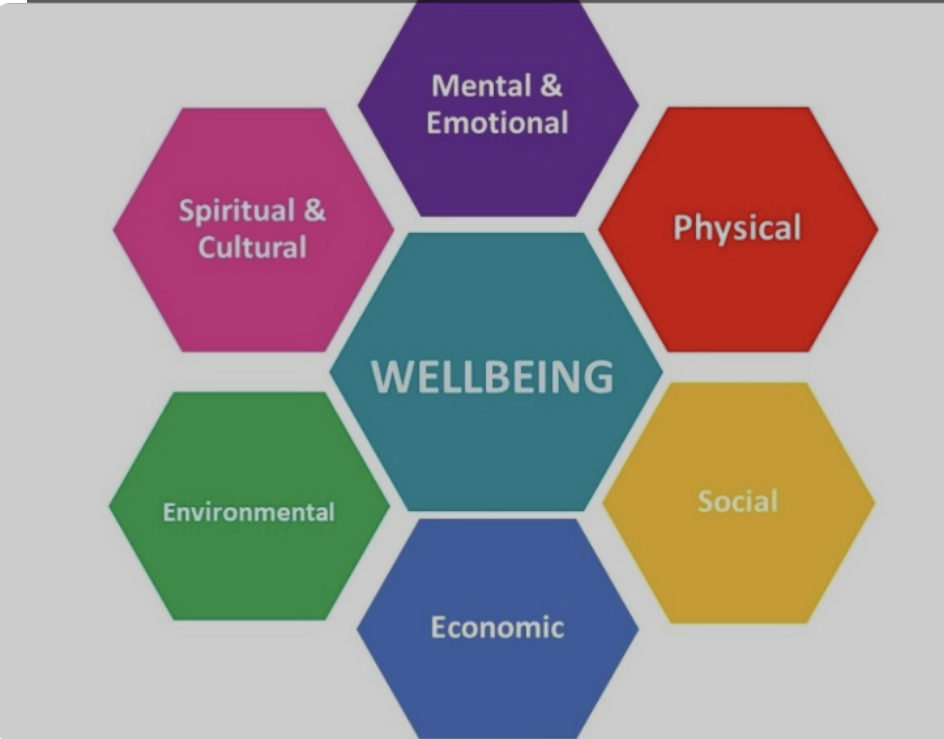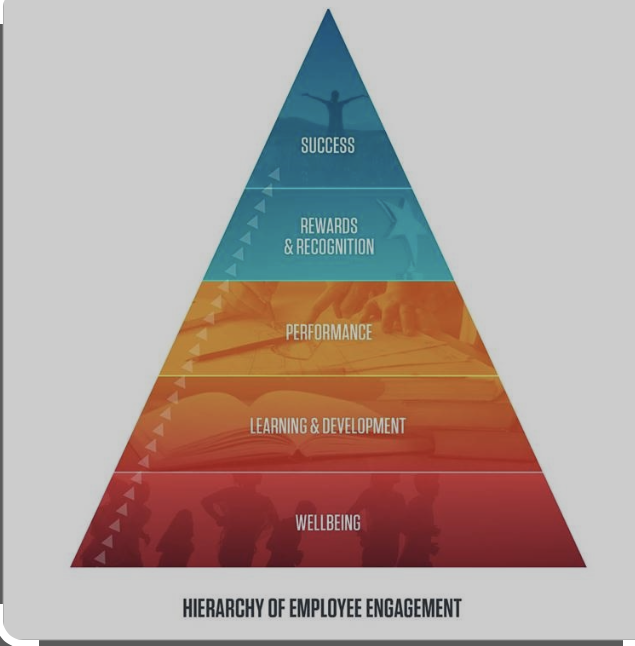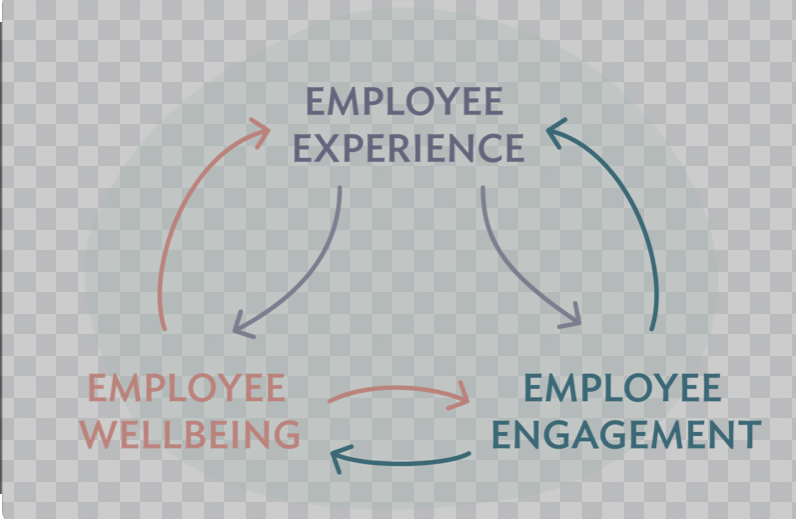In today’s dynamic work environment, employee wellbeing is increasingly recognised as a critical factor in driving employee engagement. As organisations strive to create a positive workplace culture, understanding the integral relationship between wellbeing and engagement is paramount. When employees feel supported in their physical, mental, and emotional health, they are more likely to be engaged in their work, leading to improved performance and organisational success.

The Significance of Employee Wellbeing
Employee wellbeing encompasses a broad spectrum of factors, including physical health, mental resilience, emotional stability, and social connections. Companies prioritising wellbeing create environments where employees feel cared for, valued, and motivated. Statistics indicate that 69% of employees who feel their wellbeing is a priority are less likely to seek new job opportunities (Gallup, 2021). This correlation underscores how wellbeing directly influences loyalty, retention, and overall job satisfaction.
The Impact of Employee Engagement
Employee engagement reflects the commitment and emotional investment employees have in their roles and the organisation. Engaged employees are more productive, creative, and willing to go the extra mile, contributing significantly to organisational success. Research by Gallup reveals that organisations with high engagement levels experience 21% greater profitability (Gallup, 2020). Thus, fostering employee wellbeing becomes a strategic imperative for enhancing engagement.

How Wellbeing Fuels Engagement
When organisations invest in employee wellbeing, they create a strong foundation for engagement. Here are several ways in which wellbeing initiatives translate into higher engagement levels:
- Physical Wellbeing Initiatives
- Gym Membership Subsidies: Financial support for fitness activities promotes a healthier lifestyle.
- Walking Meetings: Encouraging meetings while walking fosters physical activity and creativity.
Such initiatives lead to reduced absenteeism, with wellness programmes decreasing sick leave by 25% (RAND Europe, 2019).
- Mental Health Support
- Employee Assistance Programmes (EAPs): Access to counselling services helps employees navigate personal and work-related challenges.
- Mental Health Days: Providing dedicated days off for mental health demonstrates an organisational commitment to employee wellbeing.
The World Health Organisation estimates that untreated mental health issues result in 12 billion workdays lost annually (WHO, 2019).
- Flexible Working Arrangements
- Remote Work Options: Allowing employees to work from home enhances work-life balance, leading to greater satisfaction and commitment.
- Flexible Hours: Offering options for flexible scheduling helps employees manage personal responsibilities alongside work.
Such flexibility fosters a supportive environment, which boosts employee morale and engagement.
- Social Wellbeing Programmes
- Team-Building Activities: Social events strengthen relationships among employees, enhancing collaboration and trust.
- Mentorship Programmes: Pairing experienced employees with newcomers fosters supportive connections.
Strong social ties in the workplace can increase engagement by up to 3 times (Dutton & Heaphy, 2003).
- Recognition and Reward Systems
- Employee of the Month Awards: Recognising outstanding contributions fosters a culture of appreciation.
- Peer Recognition Programmes: Encouraging colleagues to acknowledge each other’s efforts strengthens team dynamics.
Recognition is vital for enhancing both wellbeing and engagement, as it makes employees feel valued and motivated.
- Training and Development Opportunities
- Professional Development Workshops: Providing opportunities for skill enhancement empowers employees and increases their commitment.
- Diversity and Inclusion Training: Promoting an inclusive workplace enriches employee experiences and wellbeing.
Investing in employees’ growth not only enhances their skills but also boosts their engagement with the organisation.

The Connection Between Wellbeing and Engagement
Prioritising employee wellbeing leads to improved engagement levels and overall organisational performance. According to Gallup, 85% of employees are not fully engaged at work due to unmet wellbeing needs (Gallup, 2020). By addressing these needs through targeted initiatives, organisations create environments where employees feel valued, supported, and motivated—resulting in heightened engagement.
Conclusion: Wellbeing as the Cornerstone of Engagement
Organisations must recognise that investing in employee wellbeing is not merely an optional benefit but a strategic necessity. By nurturing wellbeing, organisations unlock the potential for increased engagement, productivity, and overall success. To thrive in today’s competitive landscape, companies must prioritise employee wellbeing as the foundation for fostering a more engaged workforce.
References
Dutton, J., & Heaphy, E. (2003). The power of high-quality connections. Harvard Business Review. https://hbr.org/2003/12/the-power-of-high-quality-connections
Gallup. (2020). Employee engagement continues its historic rise. Gallup. https://www.gallup.com/workplace/285674/employee-engagement-continues-historic-rise.aspx
Gallup. (2021). State of the global workplace: 2021 report. Gallup. https://www.gallup.com/workplace/349484/state-of-the-global-workplace-2021-report.aspx
RAND Europe. (2019). Health, wellbeing, and productivity in the workplace: A Britain’s healthiest workplace summary report. RAND Europe. https://www.rand.org/pubs/research_reports/RR3789.html
World Health Organisation. (2019). Mental health in the workplace. WHO. https://www.who.int/teams/mental-health-and-substance-use/promotion-prevention/mental-health-in-the-workplace

